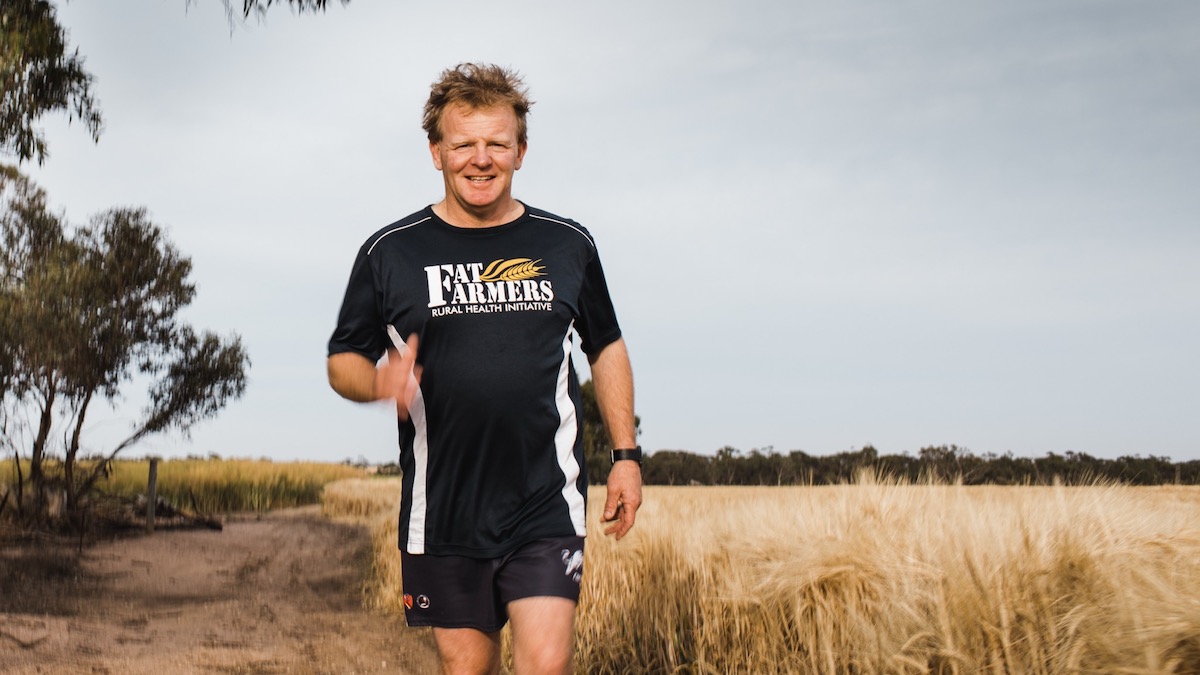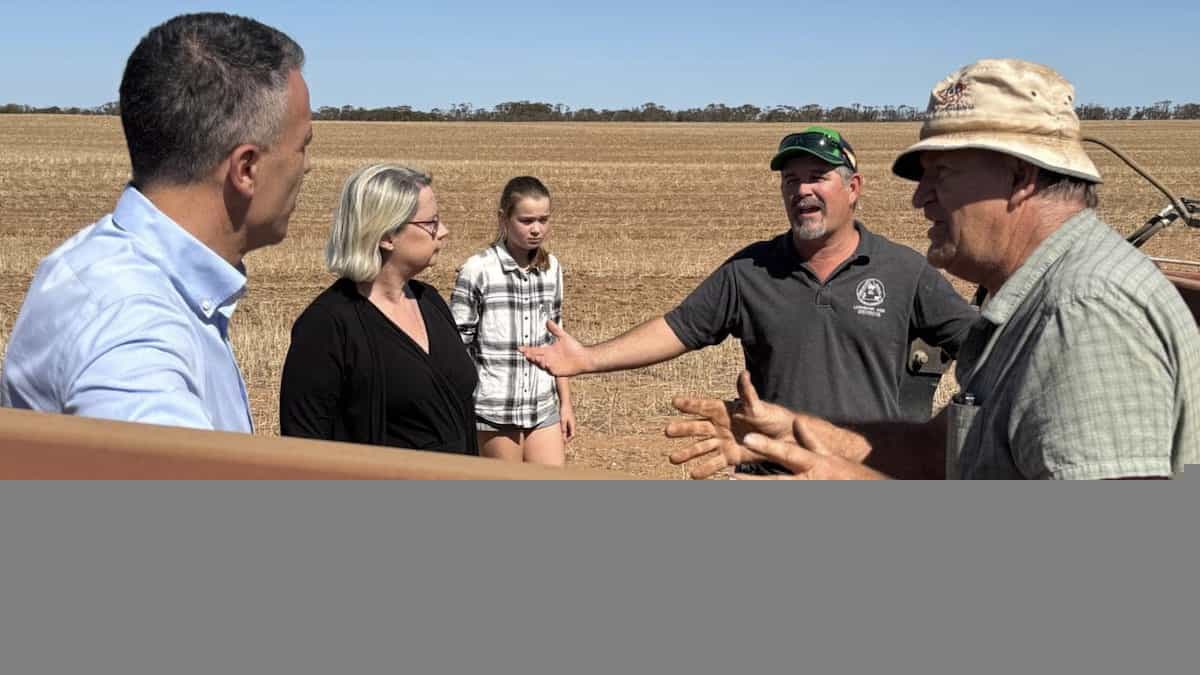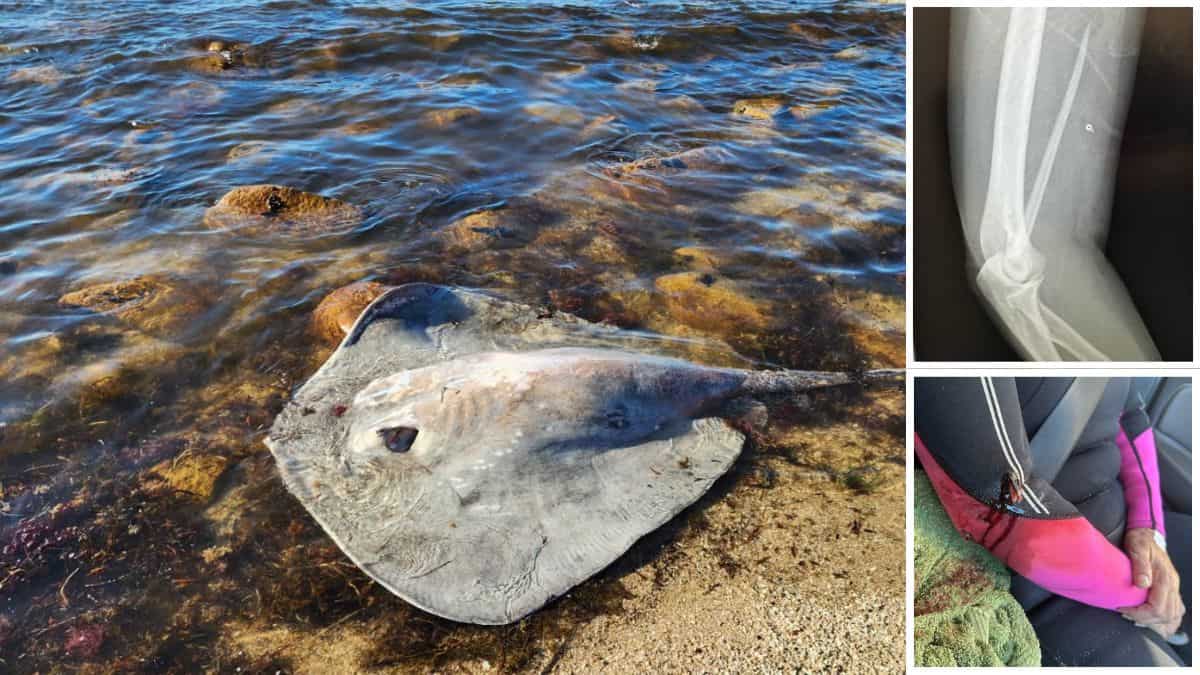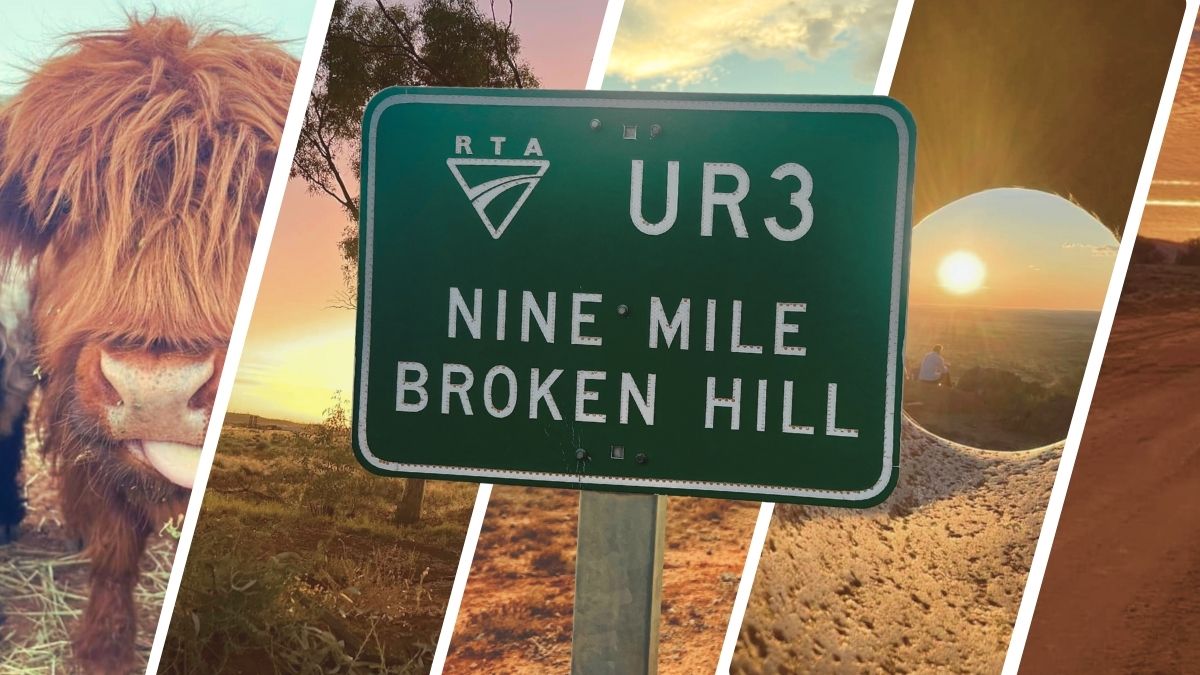Grain producers face tough decisions as SA’s drought continues
Grain producers across South Australia are cautiously pushing ahead with seeding programs amid persistent dry conditions, with many adjusting inputs and delaying sowing in the hope of rain, according to Grain Producers SA’s ‘2025 Seeding Intentions Survey’.
The survey of 171 grain producers revealed that nearly two-thirds (64%) had not started seeding prior to the historically suggested season break of Anzac Day, citing the lack of opening rains as the major reason.
Grain Producers SA (GPSA) Chief Executive Officer Brad Perry said the survey results highlight a season being shaped by moisture stress and financial risk.
“Grain producers are being forced to make some incredibly tough decisions this season, with many delaying sowing due to a lack of soil moisture and others dry seeding significant areas just to stay on schedule, hoping for imminent rain,” Mr Perry said.
“This survey tells us that growers are adapting, but the uncertainty is weighing heavily on farm confidence during the drought.”
The average confidence rating for the season ahead in the survey was 4 out of 10, with some grain producers rating their outlook as low as zero. One respondent commented: “In the past we’ve dry sown the whole program with great confidence. Last season was the first time we’ve had hesitation and now this year we are really nervous.”
The survey showed that 92% of respondents are planting wheat, 87% planting barley, 56% planting lentils, 34% planting canola and 30% planting beans.
More than 70% of producers said they would dry sow at least some of their crop, with 15% intending to dry sow everything and 14% stating they will not dry sow at all.
While many producers are experienced in dry sowing, confidence this season is notably lower. Only 17% of respondents said they were very confident in the success of dry sowing under current conditions, while nearly a third (31%) said they were not confident at all.
“This is not just another dry year—it’s the compounding impact of successive difficult seasons. Some grain producers are walking a tightrope, trying to keep costs in check without knowing whether the season will turn in their favour,” Mr Perry said.
Input costs remain a key concern, with almost 50% of growers in the survey reducing fertiliser usage in response to the dry conditions, while 45% are proceeding unchanged. Many are basing fertiliser adjustments on soil testing, rotation planning, and low nutrient removal from failed 2024 crops.
“Growers are being forced to take a more conservative approach to fertiliser and other inputs. With margins tight and moisture scarce, it’s about managing risk while still being ready if the season improves,” Mr Perry said.
“The insights in the survey are valuable for industry and government to understand the reality of farming during the drought. GPSA will continue to advocate for support measures that can assist grain producers to get through this very difficult period,” Mr Perry said.
Some comments made by grain growers who participated in the survey –
“Our rainfall records go back to 1950. This is the driest period from December 1 to April 30 since our records began. It’s worse than 1957, 2002 and 2004 – all of which were shocking droughts. We are very, very nervous about what rain is to come, if much at all”
“Establishing this season’s crop will be a great test of the region’s cropping practices. With limited soil moisture, dry sowing non-wetting sands, I feel, will really standout”
“If the season doesn’t open until late June, possibly 25% of the area will not be planted”
“If we don’t get rain until mid-June and the cold has set in, it could be a very poor year”
“Varieties being sown are subject to change depending on the opening rain and when it comes”
“It’s dry, there’s no subsoil moisture and no decent rain forecast for the foreseeable future which makes it a very uncomfortable position to be in, especially with livestock”
“I’m extremely concerned about the dry start and the lack of stored soil moisture, as well as the continuing failure of forecasted rain to materialise”
“Seeding commenced on the 15th of April. Our six-week seeding program will be finished before June. If rainfall occurs during this period, we then sow into moisture. Wheat and lentils have now become the main crops grown due to the gross margins achievable. The area sown to barley and beans has been greatly reduced due to low returns”
“As mixed farmers, our sheep enterprise has a significant impact on our cropping enterprise this year due to the drought. The impact on grazing and water supplies influences sheep location and therefore we will have unexpected clashes with seeding and lambing and the cost of fodder effects cropping decisions”
“Have to stay positive as lean years are a minority compared to great years” “We are giving canola a break for a few years due to the dry”
“Some paddocks will be left unsown if there is no rain by late May”
“We won’t be seeding at all if the rains don’t come”
“Please pray for rain and no frost. If this season is like the last, lots of properties will be sold due to stress and financial reasons. We need approximately two good season to get back where we were”
“Learnings from previous decile 0-2 years (4 in last 8) is that farm profitability is hurt far more by chasing low-cost options out of a bad year than the extra cost incurred from following your rotation”
“Not only is the season tough but there is no let up on input costs either”







